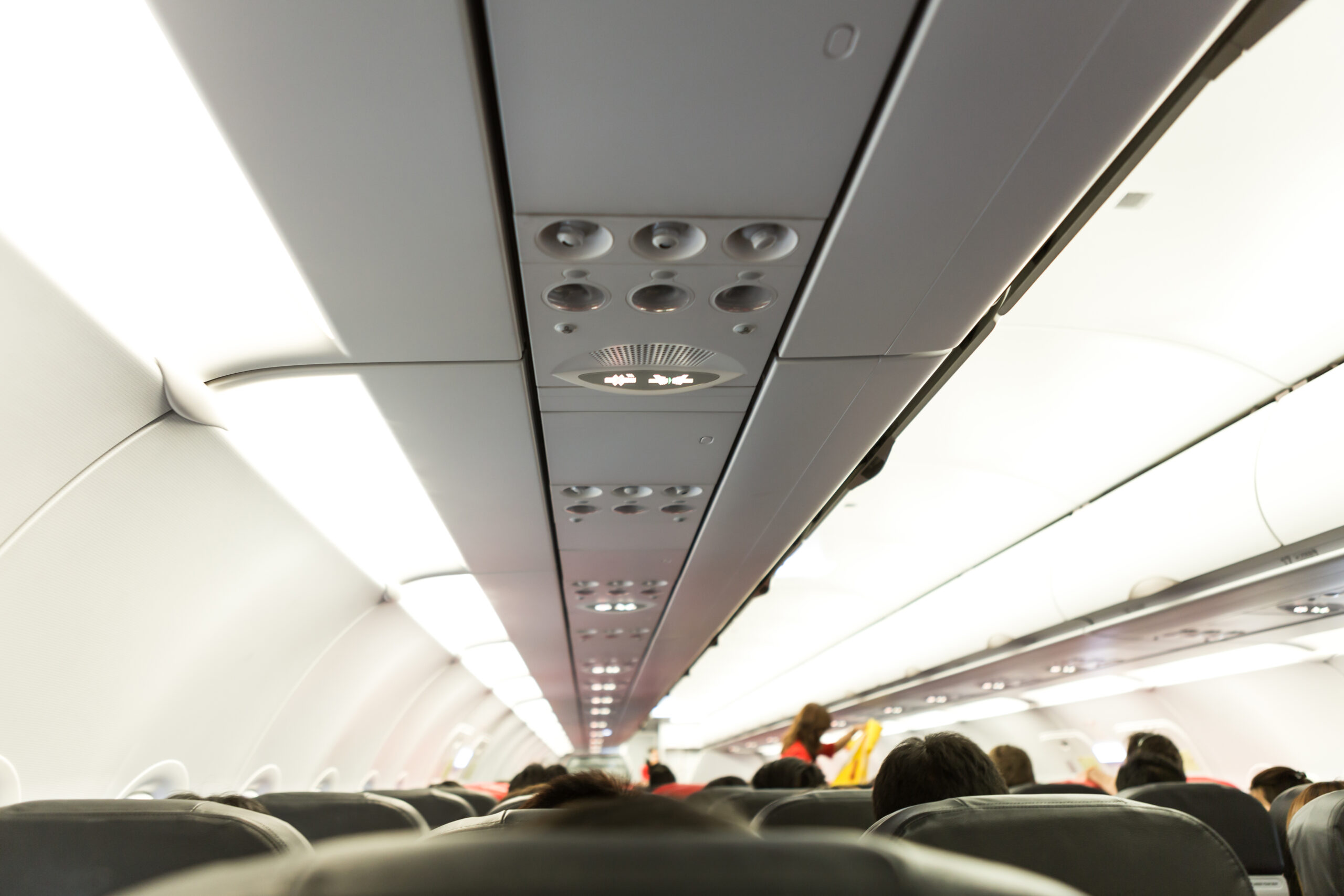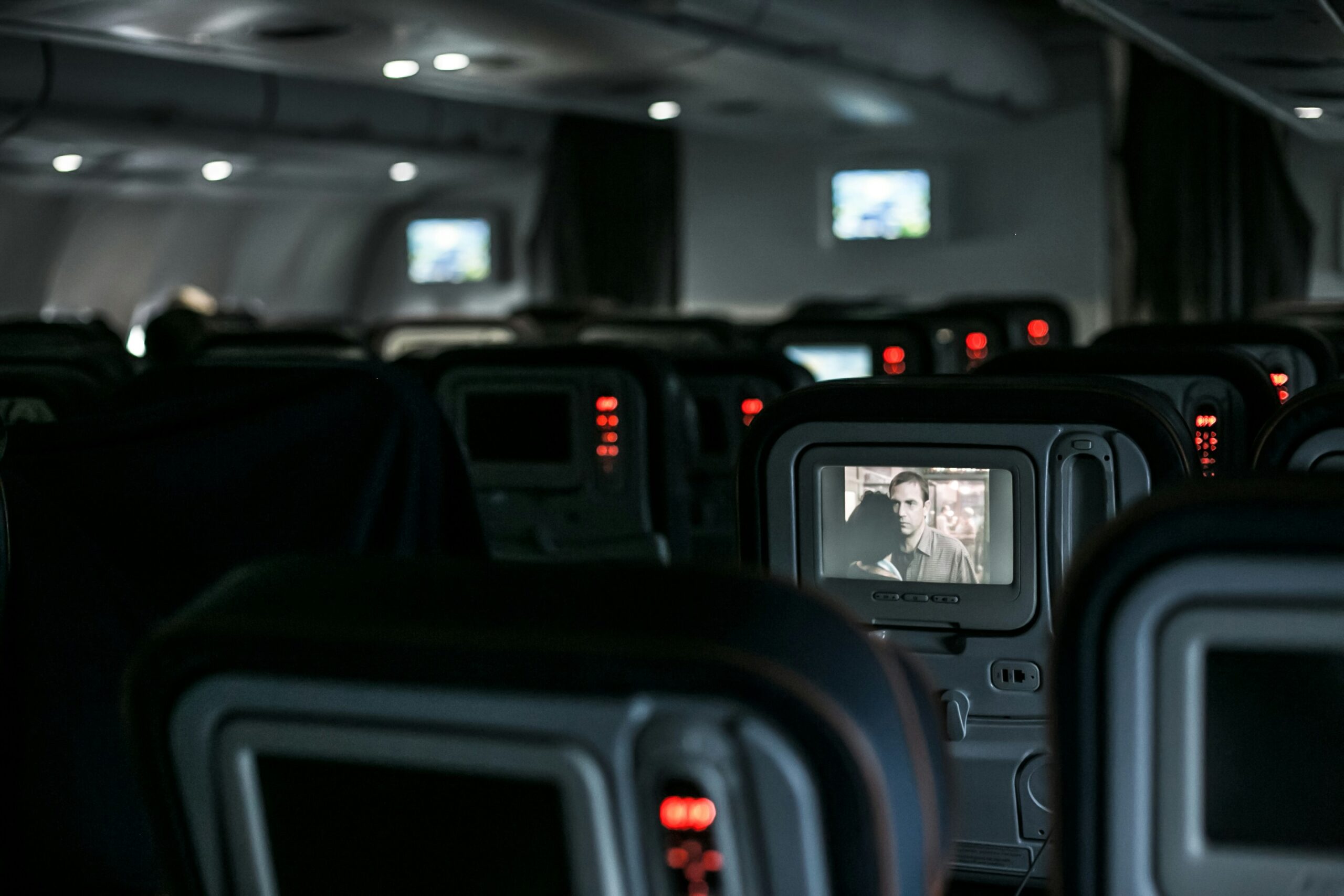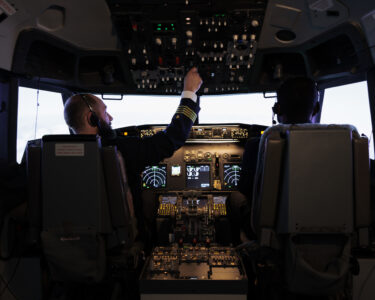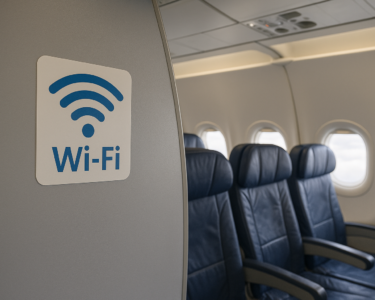ARINC 628 is a well-established standard in the aviation industry that defines how cabin equipment and passenger systems interact within an aircraft. It was created to address the need for a unified framework that ensures smooth communication between various cabin components regardless of the equipment manufacturer. This standard has played a central role in shaping modern in-flight experiences by enabling seamless integration of entertainment systems, cabin management solutions, and passenger service features.
Over time, ARINC 628 has evolved from supporting basic cabin functions in its early implementations to enabling advanced digital systems in today’s aircraft. The shift from legacy hardware-based solutions to sophisticated network-driven designs reflects the broader transformation of the aerospace industry. Understanding this evolution offers valuable insights into how technological innovation operational requirements and passenger expectations have shaped the standard’s growth and future potential.
Origins and Development of ARINC 628
Background
Before ARINC 628 was introduced, aircraft cabin systems relied on multiple proprietary solutions from different vendors. This often resulted in compatibility issues increased maintenance complexity and longer integration times.
Airlines and manufacturers recognized the need for a standardized approach that could streamline installation and ensure interoperability between equipment from various suppliers.
Initial Release
The first version of ARINC 628 was developed to provide guidelines for cabin equipment interfaces and in-seat power systems. It focused on establishing consistent wiring configurations connectors and communication protocols.
The goal was to make cabin system integration more efficient and reduce the challenges faced during aircraft assembly and retrofitting.

Legacy ARINC 628 Systems
Early Implementations
In its early years ARINC 628 supported basic cabin functions such as lighting controls passenger call systems and limited in-flight entertainment features. These implementations were largely hardware-based and relied on dedicated wiring for each function.
Limitations of Legacy Systems
While functional these legacy systems had limitations. They offered minimal flexibility for upgrades lacked digital connectivity and often required significant effort to modify or expand. Maintenance processes were also more labor-intensive and time-consuming due to the physical complexity of wiring and hardware arrangements.

Technological Advancements and Standard Updates
Key Revisions Over Time
As passenger expectations and aircraft technology advanced ARINC 628 underwent several revisions. These updates expanded its scope beyond basic cabin controls to include modern in-flight entertainment systems data connectivity and more sophisticated power delivery solutions.
The standard was divided into parts with Part 1 covering general cabin equipment and Part 2 focusing on in-seat power systems.
Influence of Parallel Standards
The evolution of ARINC 628 was shaped by other avionics standards such as ARINC 429 for data communication ARINC 600 for rack and connector interfaces and ARINC 664 for networked aircraft systems.
These complementary standards allowed ARINC 628 to integrate more efficiently with other aircraft subsystems.
Shift Toward Digital and Networked Systems
One of the most significant changes in modern ARINC 628 implementations has been the move toward Ethernet and IP-based communication.
This shift has enabled faster data transfer greater system flexibility and improved scalability for future upgrades.

Modern Implementations of ARINC 628
Advanced Cabin Management Systems
Today’s ARINC 628 systems allow centralized control of lighting climate seat adjustments and other passenger comfort features.
Many aircraft now use touchscreen interfaces and wireless controls to manage these systems.
Next-Generation In-Flight Entertainment
The standard supports high-definition content delivery streaming services and bring-your-own-device capabilities.
Passengers can access movies TV shows and other media directly on seatback screens or personal devices with minimal latency.
Integrated Passenger Service Systems
ARINC 628 ensures reliable operation of service features such as reading lights call buttons and seat control panels.
It also supports modern in-seat power systems that allow passengers to charge devices via AC outlets or USB ports.
Data-Driven Maintenance and Health Monitoring
Modern ARINC 628 implementations connect cabin systems to aircraft health monitoring tools.
This enables real-time diagnostics and predictive maintenance, reducing downtime and improving operational efficiency.

Conclusion
The journey of ARINC 628 from its early role in managing basic cabin systems to its current position as a key enabler of digital and connected aircraft reflects the pace of innovation in aviation. Its structured approach to standardizing cabin interfaces has brought significant improvements in efficiency reliability and passenger experience.
As cabin technology continues to advance ARINC 628 remains a central part of aircraft design and operation. Its adaptability to emerging solutions such as wireless controls advanced connectivity and integrated data systems ensures it will continue to support the evolving needs of both passengers and operators for many years to come.







